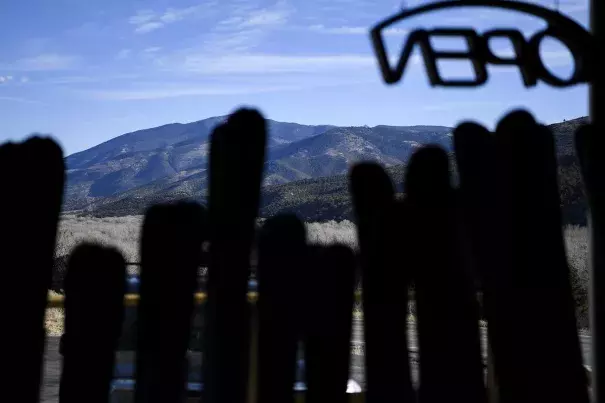Save the Snowpack, Save the Water Supply

Between droughts and floods, the last decade has offered water managers in the southwest a preview of how climate change could impact a supply largely dependent on winter snow. This year’s disappointing snowpack has them worried again.
"Water and climate change are joined at the hip,” said Brad Udall, a researcher at Colorado State University who published a paper earlier this year showing how climate change has reduced flows in the Colorado River. “One of the primary impacts of a warming atmosphere are changes to our water cycle."
Snowpack is 50 percent lower than the average at this point in the winter at dozens of basins in the region. It’s a major concern in a region with a growing population where water supplies are often pushed to their limits, even in good years. In addition to fueling the West's winter tourism industry, the snow provides a steady supply of water for the Colorado River, which serves 40 million people spread from Denver to Los Angeles.
The problem is not just a lack of snow, but changes in how it is falling and melting. Think of the snowpack as a natural reservoir. During the winter, it freezes in place. When temperatures rise in the spring, the water within is released gradually, filling reservoirs through the rest of the year. That pattern is fracturing around the world. A study released Wednesday by the University of Potsdam also found less available water from snowpack in High Mountain Asia from 1987 to 2009.
In the western U.S., the snow line is receding to higher elevations—typically above 8,000 feet. Below that line, rain is often falling instead of snow, meaning less precipitation is stored in the snowpack. A big storm might send water to reservoirs, but many pools weren’t built to hold a deluge of rain. As a result, they often have to release the water to avoid flooding.


